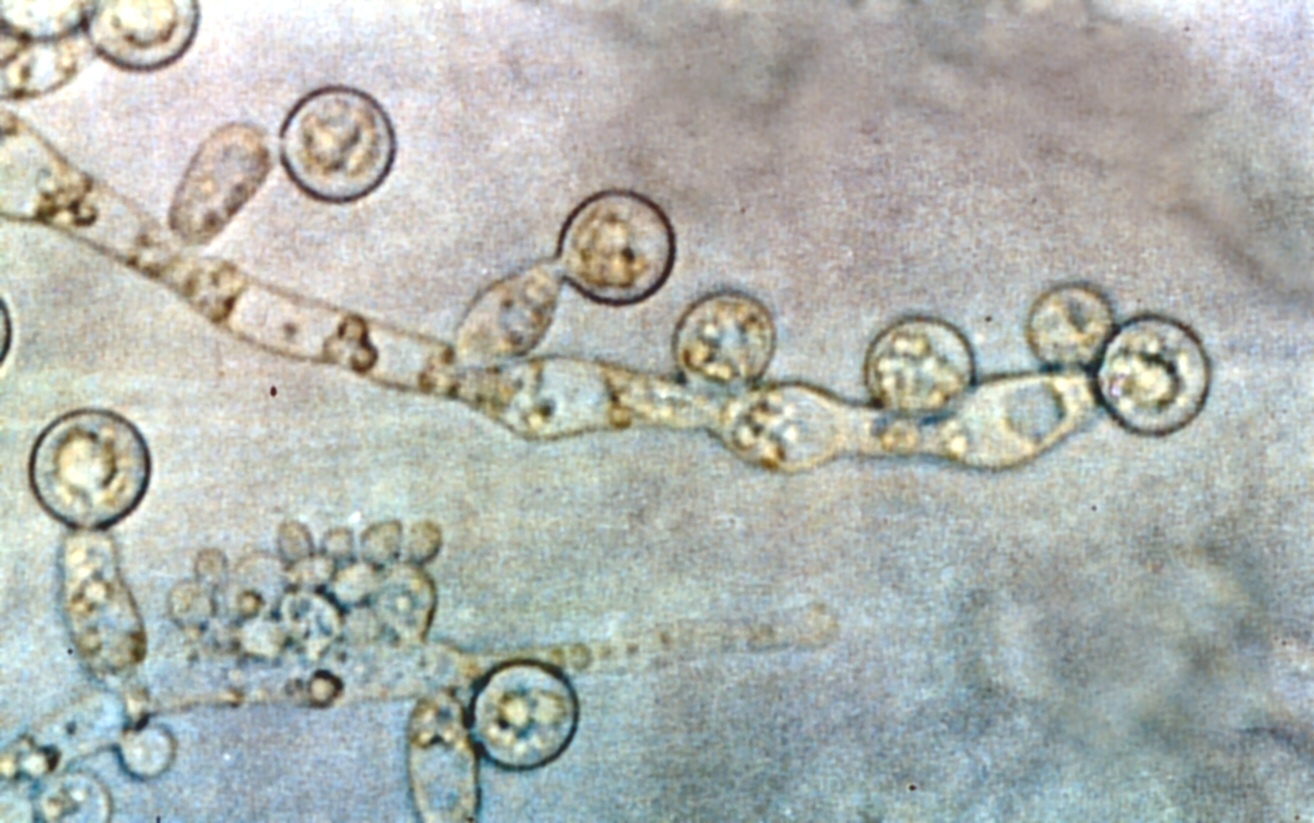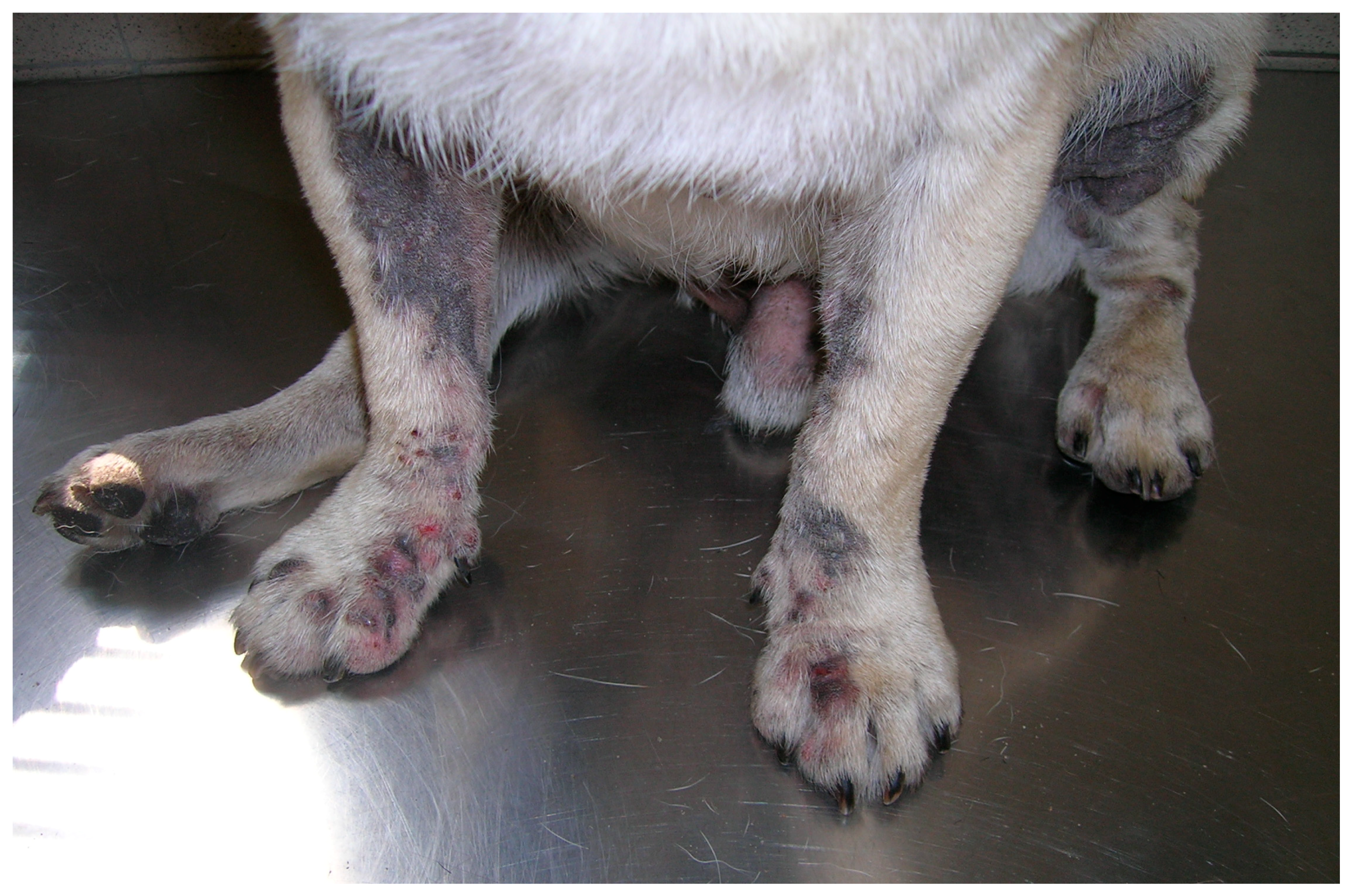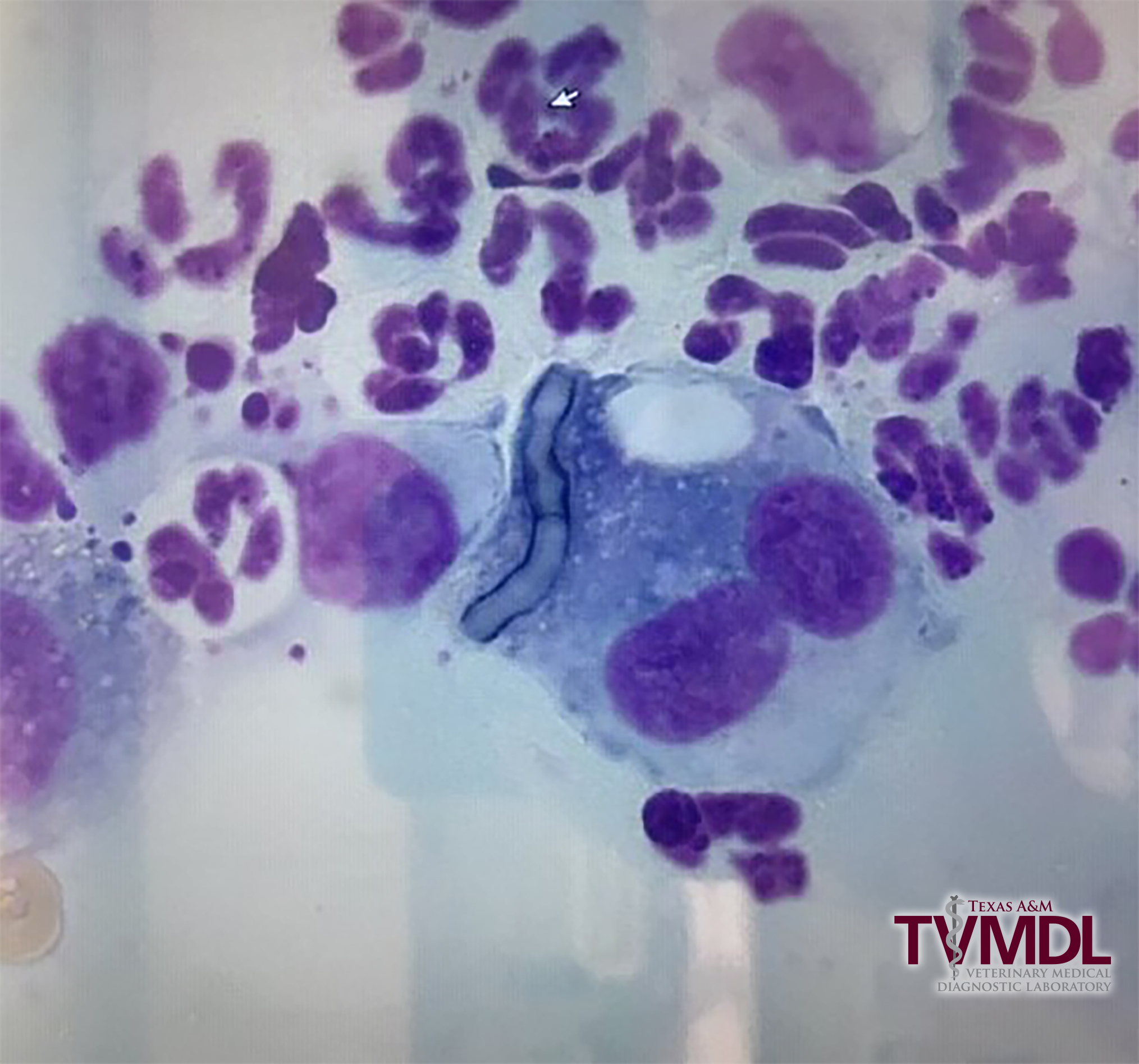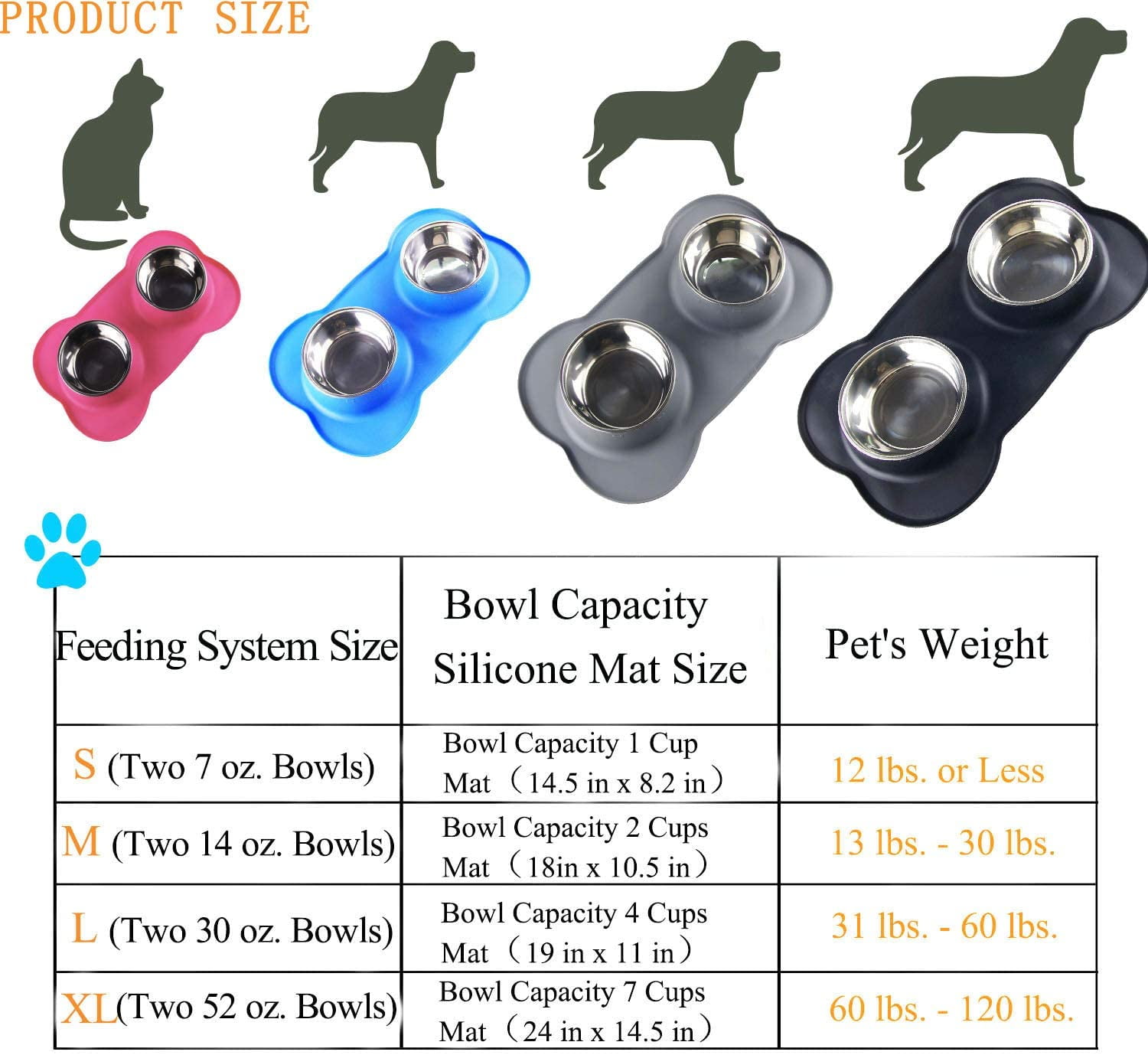Non pathogenic yeast in dogs
Non Pathogenic Yeast In Dogs. Candida albicans grows as a budding yeast cell oval and 3560 60100 µm in size on agar cultures and in animal tissues. The remaining 267 dogs had concurrent infection with a pathogenic virus 24 cases fungusyeast 12 cases bacteria 173 cases or a combination of these pathogens 69 cases. Yeast infections in dogs are a secondary problem meaning an underlying condition has led to yeast overgrowth. This retrospective study aimed to characterize the presenting complaint clinical findings location.
 Pdf Cutaneous Candidiasis In A Dog Caused By Candida Guilliermondii From researchgate.net
Pdf Cutaneous Candidiasis In A Dog Caused By Candida Guilliermondii From researchgate.net
Yeast-free dog foods Anti-yeast dog foods. In rabbits Cyniclomyces guttulatus lives in the intestines and stomachs but in dogs it is the bile ducts along with the intestines. A number of things can lead to a lowered immune system including. The yeast that most commonly causes canine infections is called candida and its naturally present in your dogs digestive system. Cyniclomyces guttulatus a gastrointestinal yeast of rabbits is considered an uncommon nonpathogenic pass through organism and possible opportunistic pathogen in dogs that consume rabbit feces. Yeast infections in dogs are a secondary problem meaning an underlying condition has led to yeast overgrowth.
Yeast is often a problem for dogs as it starts populating in the gut due to high reliance of processed dog food and sugary treats.
However others saw the presence of the yeast as a clinically non-significant finding in dogs Boundy-Mills and Miller 2011. The problem starts in the gut but quickly manifests as a skin problem including on a dogs paws. The problem is that it is. Yeast overgrowth occurs when the immune system is compromised. As long as the yeast causes the dog no harm it isnt considered a parasite in veterinary terms. During this imbalance harmful yeast that is normally present multiplies rapidly and systemically invades the body.
 Source: researchgate.net
Source: researchgate.net
Under normal conditions it doesnt cause him any problems but if something upsets the balance of his body candida can become opportunistic and grow beyond the digestive tract to cause a variety of health problems. The nonstreptococcal bacteria isolated were considered non-pathogenic contaminants in 109 dogs. However others saw the presence of the yeast as a clinically non-significant finding in dogs Boundy-Mills and Miller 2011. Although yeast infections are rarely fatal treatment is necessary to ensure your dog is returned to full health. These can be mistaken for septate hyphae of moulds.
 Source: k9ofmine.com
Source: k9ofmine.com
Yeast overgrowth occurs when the immune system is compromised. The nonstreptococcal bacteria isolated were considered non-pathogenic contaminants in 109 dogs. However others saw the presence of the yeast as a clinically non-significant finding in dogs Boundy-Mills and Miller 2011. Cyniclomyces Guttulatus also known as Saccharomycopsis Gutulatus This yeast inhabits the intestines and is considered good yeast. Malassezia pachydermatis is a yeastfungus that likes to grow in moist areas of a dog.
 Source: researchgate.net
Source: researchgate.net
Fungal Infection in Dogs Cryptococcosis Cryptococcosis is a localized or systemic fungal infection caused by the environmental yeast Cryptococcus. A Systemic Yeast Infections in dogs is a condition that occurs when yeast builds up in a dogs body. Boulardii the only non-pathogenic yeast probiotic with biotherapeutic benefitsoffers a novel therapy to veterinarians in the care of animals including dogs cats and horses. The problem starts in the gut but quickly manifests as a skin problem including on a dogs paws. Malassezia pachydermatis is a yeastfungus that likes to grow in moist areas of a dog.
 Source: dog-nutrition-naturally.com
Source: dog-nutrition-naturally.com
Jul 18 2021 Anti-yeast dog food then is dog food made with little to no starch. Boulardii the only non-pathogenic yeast probiotic with biotherapeutic benefitsoffers a novel therapy to veterinarians in the care of animals including dogs cats and horses. Predisposition is reported in the basset hound West Highland white terrier dachshund American cocker spaniel English springer spaniel and German shepherd dog possibly because they have significantly more yeast on their skin Matuosek and Campbell 2002. Microscopic detection of the. The problem starts in the gut but quickly manifests as a skin problem including on a dogs paws.

Cyniclomyces guttulatus a gastrointestinal yeast of rabbits is considered an uncommon nonpathogenic pass through organism and possible opportunistic pathogen in dogs that consume rabbit feces. It is not harmful for your pet. Cyniclomyces guttulatus a gastrointestinal. And to the agriculture to improve the soil fertility. Dogs Cyniclomyces guttulatus Diarrhoea Yeast A B S T R A C T This study surveyed the prevalence of massive numbers of Cyniclomyces guttulatus in samples from healthy dogs18 and with chronic diarrhoea 14 suggesting that this yeast has no clinical significance.
 Source: mdpi.com
Source: mdpi.com
Species placed within this order can include pathogenic and non-pathogenic yeast species 16 17. Evaluated the use of this yeast in dogs. Under normal conditions it doesnt cause him any problems but if something upsets the balance of his body candida can become opportunistic and grow beyond the digestive tract to cause a variety of health problems. The remaining 267 dogs had concurrent infection with a pathogenic virus 24 cases fungusyeast 12 cases bacteria 173 cases or a combination of these pathogens 69 cases. It is not harmful for your pet.
 Source: researchgate.net
Source: researchgate.net
Yeast is often a problem for dogs as it starts populating in the gut due to high reliance of processed dog food and sugary treats. However others saw the presence of the yeast as a clinically non-significant finding in dogs Boundy-Mills and Miller 2011. It is not harmful for your pet. The first group the harmless non-pathogenic microorganisms to man live mostly in the environment. Dogs Cyniclomyces guttulatus Diarrhoea Yeast A B S T R A C T This study surveyed the prevalence of massive numbers of Cyniclomyces guttulatus in samples from healthy dogs18 and with chronic diarrhoea 14 suggesting that this yeast has no clinical significance.
 Source: dogsnaturallymagazine.com
Source: dogsnaturallymagazine.com
Cyniclomyces guttulatus a gastrointestinal. This condition starts in the digestive system and is caused by a pH imbalance. The problem is that it is. Yeast thrives on sugar and processed foods. This fungus grows in bird droppings and decaying vegetation and is generally associated with Eucalyptus trees.
 Source: capcvet.org
Source: capcvet.org
As noted earlier Candida albicans is a normally occurring yeast in your dogs digestive system that usually doesnt cause any health issues. The first group the harmless non-pathogenic microorganisms to man live mostly in the environment. However others saw the presence of the yeast as a clinically non-significant finding in dogs Boundy-Mills and Miller 2011. The current study a prospective non-randomised double-blinded pla-cebo-controlled study evaluated the effects of S boulardii in healthy dogs and dogs with chronic enteropathies CE. The yeast that most commonly causes canine infections is called candida and its naturally present in your dogs digestive system.
 Source: semanticscholar.org
Source: semanticscholar.org
Candida albicans grows as a budding yeast cell oval and 3560 60100 µm in size on agar cultures and in animal tissues. Finding small amounts of yeast on dogs is normal it only becomes a problem when yeast grows out of control. The unicellular organisms on the slide are the non-pathogenic yeast Cyniclomyces guttulatus known previously as Saccharomyces guttulata and. According to Natural Dog Health Remedies yeast infections in dogs are caused by an organism known as Candida albicans which is both a yeast and a fungus. The yeast that most commonly causes canine infections is called candida and its naturally present in your dogs digestive system.
 Source: tvmdl.tamu.edu
Source: tvmdl.tamu.edu
Yeast-free dog foods Anti-yeast dog foods. In healthy dogs S boulardii was administered for 10 days. Cyniclomyces guttulatus a gastrointestinal yeast of rabbits is considered an uncommon nonpathogenic pass through organism and possible opportunistic pathogen in dogs that consume rabbit feces. The yeast that most commonly causes canine infections is called candida and its naturally present in your dogs digestive system. Under normal conditions it doesnt cause him any problems but if something upsets the balance of his body candida can become opportunistic and grow beyond the digestive tract to cause a variety of health problems.
 Source: onlinelibrary.wiley.com
Source: onlinelibrary.wiley.com
They are called as saprophytic or autotrophic yeasts moulds and bacteria and are very useful to the industries for the manufacturing of alcohol lactic acid butter cheese solvents of paints and antibiotics etc. When this yeast is present it usually signifies that something else is going on with the dog. The current study a prospective non-randomised double-blinded pla-cebo-controlled study evaluated the effects of S boulardii in healthy dogs and dogs with chronic enteropathies CE. In rabbits Cyniclomyces guttulatus lives in the intestines and stomachs but in dogs it is the bile ducts along with the intestines. The remaining 267 dogs had concurrent infection with a pathogenic virus 24 cases fungusyeast 12 cases bacteria 173 cases or a combination of these pathogens 69 cases.
If you find this site value, please support us by sharing this posts to your preference social media accounts like Facebook, Instagram and so on or you can also bookmark this blog page with the title non pathogenic yeast in dogs by using Ctrl + D for devices a laptop with a Windows operating system or Command + D for laptops with an Apple operating system. If you use a smartphone, you can also use the drawer menu of the browser you are using. Whether it’s a Windows, Mac, iOS or Android operating system, you will still be able to bookmark this website.







